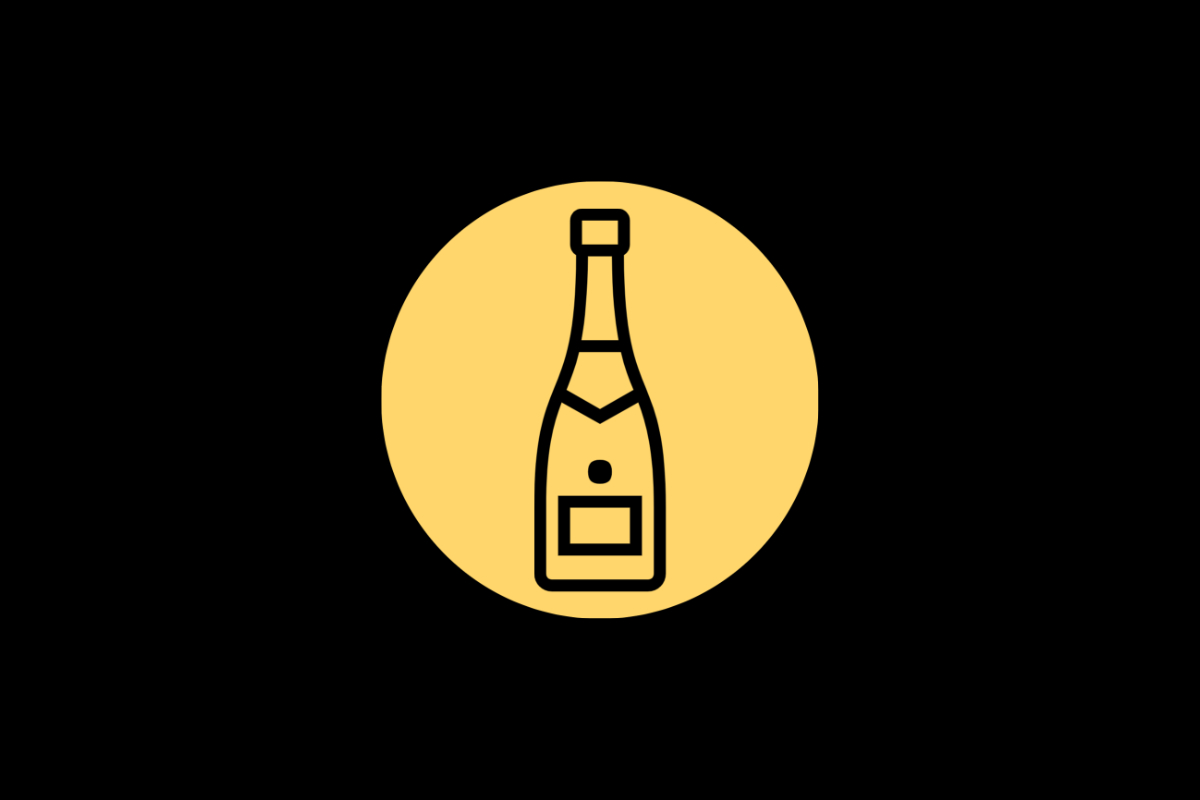Champagne Yeast Instructions: Everything You Need to Know for a Perfect Brew
Are you planning to make champagne at home, and looking for the perfect yeast to make it happen? Champagne yeast is the most important ingredient, and getting the right yeast, and knowing how to use it correctly can make all the difference in creating a perfect, sparkling wine. In this blog post, we will provide you with everything you need to know about champagne yeast instructions, so that you can craft a sparkling wine that is just as good as those made by professionals.
Before we dive into the specific instructions you will need to start your champagne brewing process, let us first take a look at champagne yeast, and what makes it so special.
What is Champagne Yeast?
Champagne yeast, also known as Saccharomyces bayanus var. uvarum, is a strain of yeast that is specifically designed for secondary fermentation in the production of sparkling wines, ciders, and meads. The strain is known for its ability to effectively ferment sugars found in grape juice, and its ability to tolerate high levels of alcohol. This makes it ideal for crafting high-quality and efficient sparkling wines.
Why is Champagne Yeast So Important?
Champagne yeast is critical in the production of a quality sparkling wine. When making champagne, it is important to ensure that there is enough yeast to effectively consume the sugars in the juice, creating the necessary carbon dioxide that gives the wine its bubbles. Without the right amount and type of yeast, your wine might not be fermented enough to produce those lovely champagne bubbles. This means that you need to make sure that you are using the right amount of yeast and following the champagne yeast instructions carefully.
Champagne Yeast Instructions
Now that you know what champagne yeast is and why it’s so important, let us take a look at the step-by-step instructions for using champagne yeast to create a perfect brew.
Step 1: Choose the Right Type of Champagne Yeast
When it comes to selecting champagne yeast, you should keep in mind that there are many strains available on the market. You need to make sure that you choose the right type for your brewing needs. Your choice of yeast may depend on the type of wine you want to make, the grape variety you use, and the fermentation environment you prefer.
If you are a beginner, we suggest going with an all-purpose Champagne yeast that works well in most wine types. Such varieties include Lalvin EC-1118, Red Star Premier Blanc, and Vintner’s Harvest CY17.
Step 2: Know the Right Amount of Yeast to Use
The amount of yeast required for your wine depends on several factors, including the total volume of your must, the level of alcohol you want to achieve, and the type of champagne yeast you are using. A good rule of thumb is to use one gram of yeast per gallon of must. However, it would help if you were more precise to get the desired results. You can use a fermentation calculator or consult a homebrew shop to get the correct amount of yeast for your batch.
Step 3: Rehydrate Your Yeast
This step is critical in ensuring that the yeast is viable for fermentation. Yeast is a living organism and is sensitive to its environment. Rehydrating your yeast correctly is essential in giving it the best chance to ferment your must efficiently.
To rehydrate yeast correctly, warm your water to about 100°F (38°C). Dissolve the yeast into the water and stir it gently, ensuring that the yeast particles are properly dissolved. Leave the mixture undisturbed for at least 10 minutes, allowing the yeast to activate. You should begin to see a creamy froth layer forming on the surface of the mixture as the yeast becomes viable.
Step 4: Add Your Yeast to the Must
Once the yeast is fully activated, you can add it to your must. A must is a mixture of wine juice, sugar, and other ingredients. You should ensure that your must is at the correct fermentation temperature before adding the yeast. The ideal temperature for champagne yeast is between 60°F (15.5°C) and 75°F (23.8°C).
You can add the yeast to the must by pouring it over the surface of the must or stirring it in gently, depending on your preference.
Step 5: Follow Good Fermentation Practices
After adding your yeast, it’s essential to make sure the fermentation process is a success. Monitor your must for signs of activity, such as bubbling and foaming on the surface, indicating the production of CO2.
During fermentation, you should ensure that the must is in a stable and suitable environment. This means ensuring the fermentation environment is at the right temperature, avoiding oxidation, and protecting the must from contamination.
Step 6: Secondary Fermentation
Your champagne will undergo secondary fermentation after it’s bottled. Before bottling, you should prepare a solution of priming sugar to create pressure and carbonation in the bottle. This cause fermentation to start again in the bottle, creating the carbonation that characterizes champagne. Finishing your champagne wine requires specialized tools such as corks, strainers, and a riddling rack.
Conclusion
Making champagne is fun, and using the correct yeast can make all the difference in the quality of the end product. With this guide to champagne yeast instructions, you are well on your way to brewing a perfect sparkling wine. Remember, the right amount of yeast, the right type of yeast, and good fermentation practices are the keys to success. Follow these instructions carefully, and who knows, you may create something that rivals the world’s most famous champagne houses.
